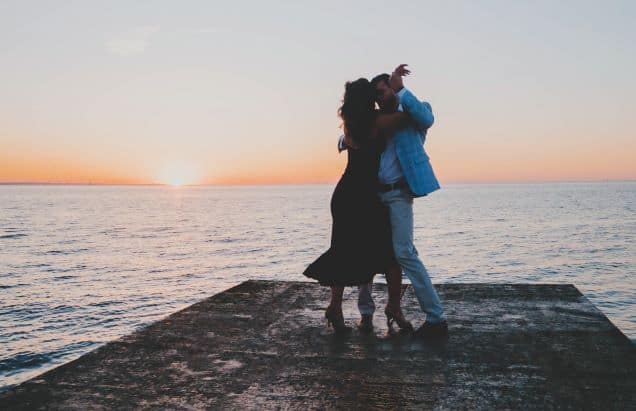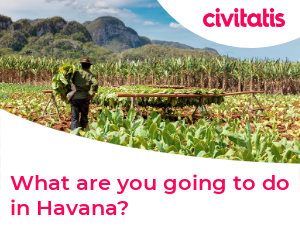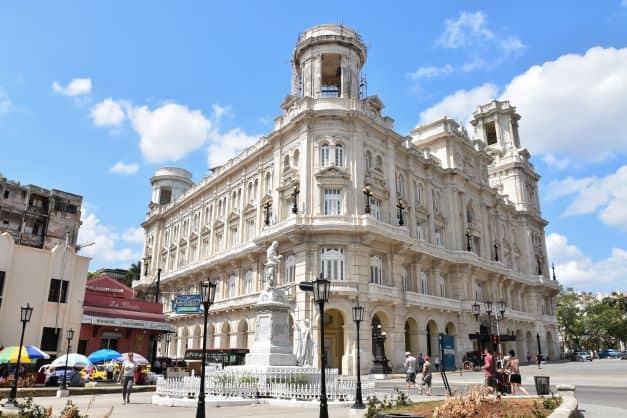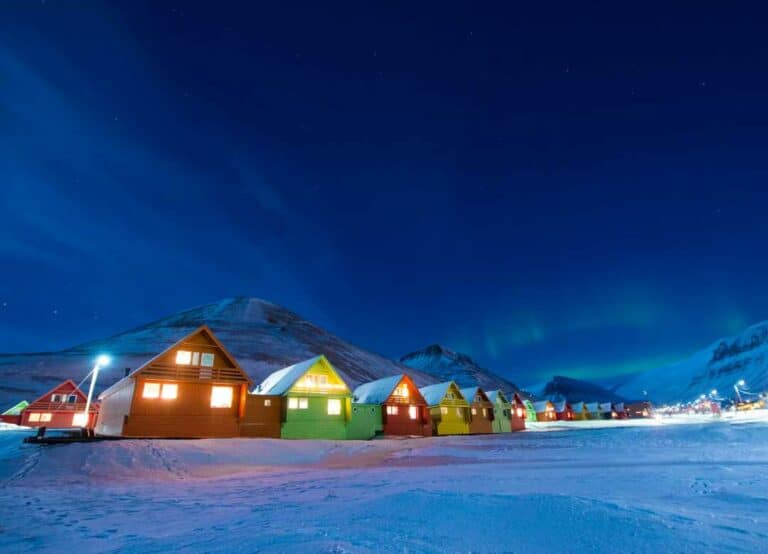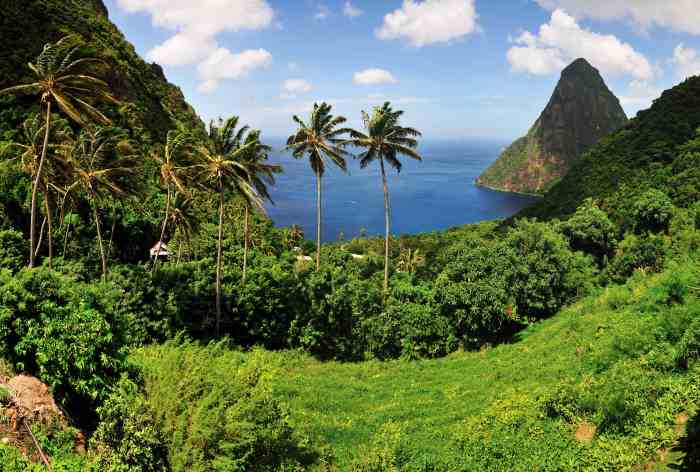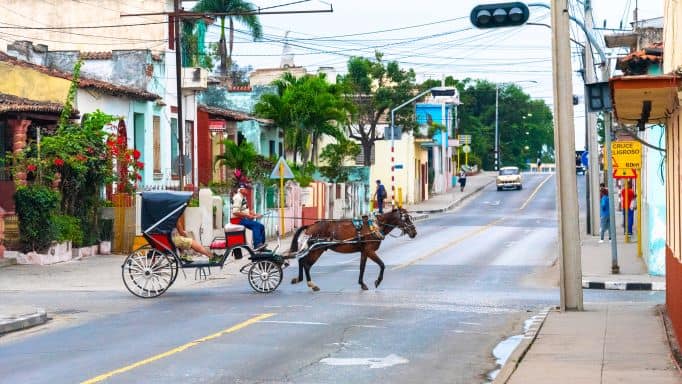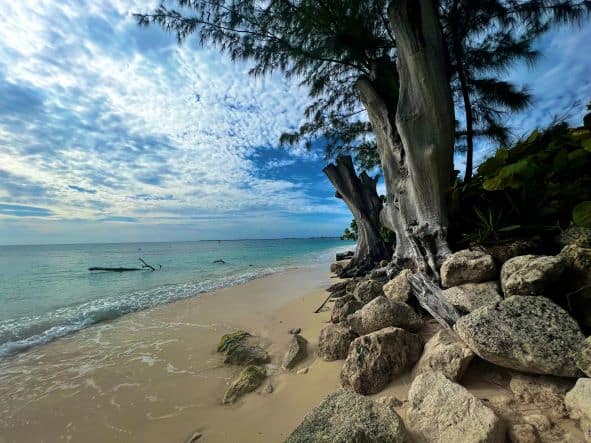Kizomba Origin: Classic, Sensual & Urban Kizomba! All About Kizomba (2024)
No, Kizomba is not the same as Zumba, the workout routine you can do in millions of gyms across the world. Not even close.
The Kizomba is floating across the floor in a perfect symphony with your partner, connected to the music and each other, communicating without words entirely. Originating from Angola, this beautiful dance has spread across the world and evolved into different versions of itself on the way.
If you already know the kizomba dance, you know exactly what I am talking about. If not, well, you are in for a treat. Read on to learn about the most beautiful dance in the world!

The Magic Kizomba Dance Is Pure Flow!
Let me show you up-front how it can be done in this video of my friend and dance teacher Victor and his partner Paulina dancing the Kizomba dance on the Prado in Old Havana.
9 Fun Facts About The Beautiful Kizomba Dance
Let me introduce you to 9 interesting facts about this most beautiful dance in the world (completely objective, in my opinion).
- The Kizomba originates from Angola in Western Africa.
- Kizomba is an Angolan word that means “party” or “celebration.”
- In 2014, the Urban Kizomba style started developing as a unique style in Paris, France.
- Kizomba is sometimes described as an “African Tango.”
- World Kizomba Day is celebrated in the summer every year
- Zumba (the fitness thing) is NOT the same as Kizomba
- Lisbon, Portugal, is often referred to as the Capital of Kizomba.
- Portuguese artist Eduardo Paim is often called the “Father of Kizomba Music”!
- Kizomba came to Cuba with the Cuban soldiers who fought in the Angolan Civil War!
The Kizomba Origin
The Kizomba dance style originally comes from Angola, although it has become super popular all over the world by now, evolving in different directions.
The predecessor of Kizomba, the Semba, was already a couple- dance. Kizomba music emerged as a fusion of Semba, Angolan Merengue, Kilapanga, and other influences of Angolan music.
As it has become popular and spread throughout the world, Kizomba dance got further mixed with other dance styles.
Kizomba Dance History
Such as tango, hip-hop, Latin dances, Lambazouk, and acrobatics, which created several major subcategories like the Kizomba Fusion, Urban Kiz, Urban Kiz Tango, and Urban Kiz Sensual.
The people of the country of origin, the Angolans, claim that the kizomba dance is much more than a dance. It is a way of LIFE, they say; you live and breathe the Kizomba!
I am inclined to agree after having been a student of the dance for a couple of years on and off. It is a mesmerizing, almost magical way to dance, and it is a challenge to let go, relax, and let yourself be gently led.

The Urban Kizomba Dance Style
The style of urban kizomba evolved as a process to adapt the expanding kizomba dance to different styles of music than the classic African sound.
It started in Paris around 2014, so very recently, the development of the urban variation of the kizomba generated a lot of controversy in the “classic” kizomba dance circles.
One distinction between the classic kizomba and the urban kizomba, as it has been called, is that the kizomba has traditionally been danced in a circle while the urban kizomba is danced more in straight lines.
Also, the music following the Urban Kizomba is a form of electronic fusion of kizomba, ghetto zouk, and tarraxa (Tarraxinha is the hip-rolls or movements that you add while dancing Kizomba) mixed with other styles such as R&B, Rap, and Hip Hop.
Check out this article about the differences between classic kizomba and urban kizomba.
Kizomba Dance Is For Couples
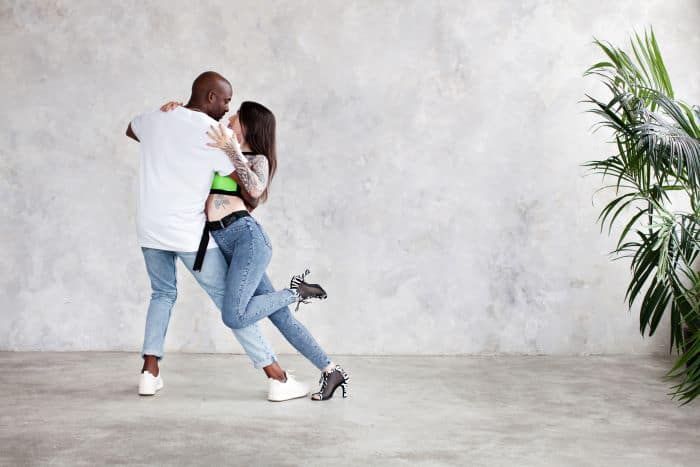
My favorite thing about this dance is the level of communication you need to have with your partner.
So if you are a woman or a follower, regardless of gender, it is a serious exercise in listening to the other person with your whole body. It looks kind of easy, but let me assure you, it is not.
There is no choreography, and no pre-planned moves, you just have to be in sync with your partner.
You can really see the magic of the connection between a couple dancing the Kizomba dance. There is a flow and energy between them that is intense and suave at the same time.
It is truly beautiful.
Also, I really love the Kizomba music! It is not limited to a specific genre but is defined by the rhythm that is typical for the Kizomba, regardless of style.
What Does Kizomba Mean?
In its country of origin, Angola, Kizomba is an important part of the cultural identity.
The word itself did not exist until 1975, and the word Kizomba means something like a celebration in the language Kimbundu. It is also said to mean recreation and community. Kizomba as a dance style, however, can be traced back to the late ’70s and ’80s in Angola.
After major musical influences from the Zouk (Antilles), it from from the Semba, another popular Angolan music style.
The Kizomba dance evolved among many other dances in Angola’s long history of dance.
Originally, the dance was connected to gatherings, “kizomba dances,” where people could enjoy good conversations, nurture their culture, and enjoy their partner on the dance floor.
The dance is characterized by a slower, often romantic, more sensuous rhythm in comparison to the traditional, rather fast Semba dance.
The actual kizomba music emerged as a more modern music genre with a sensual touch mixed with African rhythm and Haitian Compas.
The dances milonga and tango are also loved in Angola, and both dances have influenced Kizomba as it is known today. Some people even describe Kizomba as an “African Tango”.
Kizomba Portugal And Lisbon
When the Portuguese landed on the coast of Africa in the 15th century, they brought not only pain, suffering, and slavery – but also pieces and parts of Western and European culture.
Over time, these bits and pieces from Europe slowly merged into the African culture, including the music and dance styles like dancing in couples.
Although the Kizomba dance and musical style originated in Angola, it later developed to its present form, or forms, mainly in Lisbon in the 80s and 90s, with the influence of other countries.
Because of this, Lisbon is sometimes referred to as the capital of Kizomba. The style has spread super quickly throughout Europe and has become very popular.
Although the Kizomba has developed in many different directions, the styles have kept the original name Kizomba.
For this reason, there exists a debate in some dance spheres as to what the “real” Kizomba dance is.
Eduardo Paim The Father Of Kizomba Music
Eduardo Paim, to the right, is internationally recognized as the “father/creator of Kizomba music”. He and his band had a major role in the development of the creation of the music style.
Most kizomba songs are sung in Portuguese or a dialect from the various Portuguese-speaking African cultures.
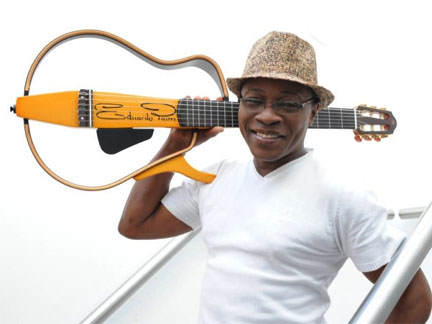
“The couple performing this dance feels at the time, the moment, the impulses that make their dance as elaborate as possible. Kizomba is poetry in steps. We even say we write on the floor with steps”.
“Kizomba is like drinking water, you have to dance it! You have to live it, and then you will understand. Because somehow we can all see ourselves in Kizomba. We communicate in touch. At first sight it seems like a sexual dance, but it is not. You can almost see the soul of the person you are dancing with. It is very very important. It is our culture, it is us! “
What Is Special About Kizomba Dance In Cuba
Kizomba has long been danced in Angola, Portugal, and Cape Verde.
It has spread to many other countries, including Spain, France, England, Poland, Denmark, Belgium, Sweden, Byelorussia, Lithuania, Egypt, Switzerland, Serbia, Canada, and the United States.
And, of course, Cuba!
Cuba, which was heavily involved in the long civil war in Angola, could not avoid bringing parts of the Angolan culture with them back to their own country.
Among other things, the kizomba dance arrived in Cuba. When dancing in the kizomba in Cuba today, many Cuban elements have been integrated into the dance, like movements from the son and the rhumba.
The World Kizomba Day 2019 Team Havana
Check out the beauty of this group of Cuban kizomba dancers dancing in harmony in front of the Havana sunset at the end of the Malecon in Havana.
There is no way you do not fall head over heels for this footage!
Kizomba Dance Classes In Cuba

If you are a beginner, or maybe you already know what you are doing but want some brush-up or inspiration, there are excellent dance schools in Havana you can visit during your holiday!
Who does not want to dance kizomba, salsa, bachata, or whatever when in Havana?
Check out these two schools for kizomba dance classes, the first one is Habanakiz run by Tony and Loliett in Old Havana. The second is Casona del Son, which offers classes in a variety of dance styles.
Follow the links below for more information.
FAQ’s Kizomba Dance!
Is Kizomba An African Dance?
Yes, Kizomba originates from Angola in Africa, so it is originally an African dance.
But now, the kizomba dance has spread as a dance style throughout the world and, on its way, has evolved into different styles with different characteristics.
Is Kizomba A Sensual Dance?
The original kizomba dance in Angola derives from the semba, which has a faster rhythm and is a fun and celebratory dance style.
Even the word “kizomba” translates to something like “party” in the Kimbundu language spoken in Angola.
But the way the kizomba is often danced, it has a very sensual expression.
The Energetic Semba Dance
The Semba is pretty much a fast version of the kizomba, with the same rhythm but faster and the same salidas, exits, faster and with lifts. I enjoy the semba very much, maybe because I find it harder to dance slower, somehow.
Kizomba music emerged as a fusion of Semba, Angolan Merengue, Kilapanga, and further Angolan music influences.
Yet, the kizomba dance is characterized by a slower, romantic, more sensuous rhythm than the traditional Angolan semba music.
The kizomba dance is adaptable in a way, so you can dance it with anyone – fun with your mother, brother, or sister – or sensual with the love of your life!
If you want a very sensual dance, maybe the Tarraxhina is what you are looking for.
What Is Tarraxinha Dance?
Tarraxinha is the more sexy, percussive cousin of kizomba, and the Tarraxinha music often has less melody and a much heavier drum beat than the kizomba.
This is a dance to do with someone you want to get very close to. Danced on the spot, the Tarraxinha has very few exits, or salidas, and is focused on isolating movements, where two bodies move as one.
In social kizomba dancing, there are often borrowed elements of Tarraxinha used when the beat drops out, and there is nothing driving the dancers to take steps.
Tarraxinha classes have become quite popular and more common at kizomba festivals all over Europe!
Is Kizomba A Latin Dance?
No, the kizomba is not by definition a Latin dance, as it originates from Angola in Africa and has spread from there throughout the world.
But the kizomba dance is very much embraced by the Latin dancing community, especially in social dancing!
Wrap-Up Kizomba Dance Styles!
The Kizomba is an art in progress, as you might have picked up on! Undeniably, it originates from Angola, where it has strong roots and is still an important part of the music and dance culture.
As both dance and music have transgressed out of Angola, though, they have taken on a life of their own, growing, changing, and evolving with the cultures and peoples in the countries where they arrive!
France and its Urban kiz, Portugal with its classic and sensual kiz, and everything in between around the world.
If you like what you see here about the kizomba dance, I am sure there is some place or school in some shape or form close to where you are! (I even found one in Norway, the most freezing country on top of the world!).
Now, go ahead and search for “kizomba classes near me” online; good luck, and ENJOY!
